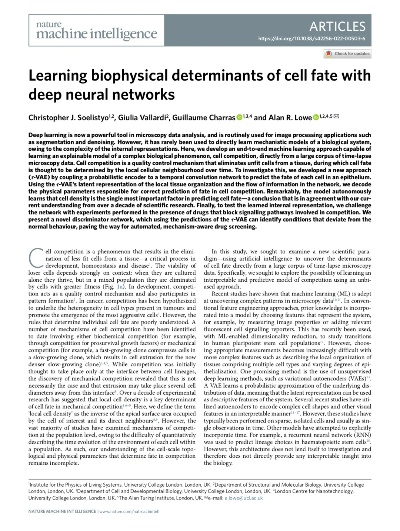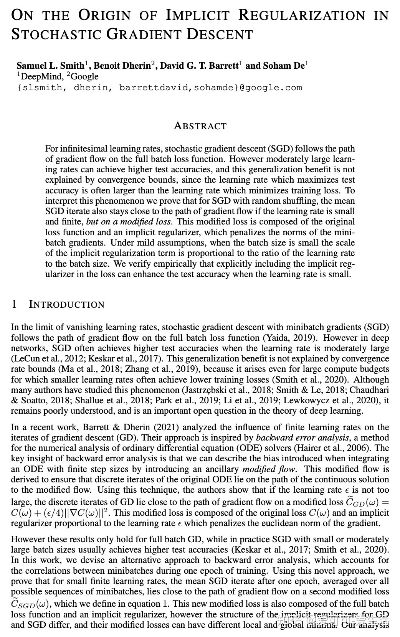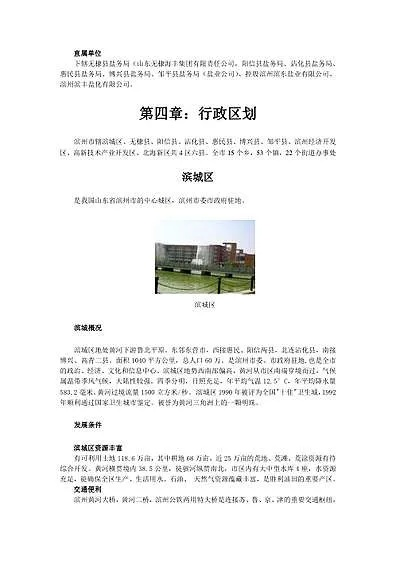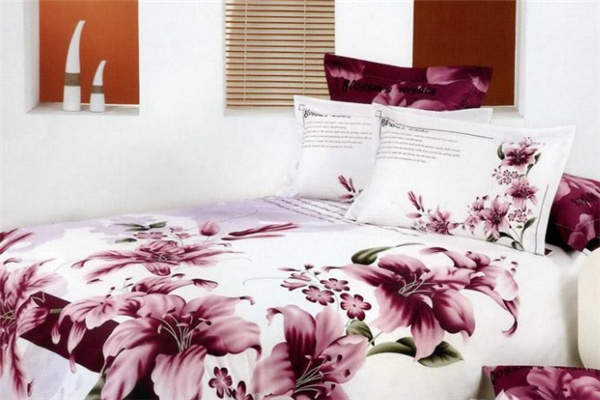The Role of Moisture Absorption in Textiles:A Comprehensive Analysis
: The Role of Moisture Absorption in Textiles: A Comprehensive Analysis,Abstract:,Moisture absorption is a crucial property of textiles, as it affects their comfort, durability, and performance. This paper provides a comprehensive analysis of the role of moisture absorption in textiles, discussing its definition, measurement methods, and factors that influence it. We examine the impact of moisture absorption on comfort, including sweat management and thermal regulation. We also explore its effect on durability, such as colorfastness and stain resistance. Finally, we discuss how moisture absorption can be optimized through design and fabrication techniques to enhance the overall performance of textiles. Overall, this study highlights the importance of understanding and managing moisture absorption in textiles for improving their quality and functionality.
Introduction: Textiles, whether they are made from cotton, synthetic fibers, or blends, are an integral part of our daily lives. They come in various forms such as shirts, pants, dresses, and more. However, one critical aspect that determines the quality and comfort of these garments is their moisture absorption capability. In this article, we will delve into the importance of moisture absorption in textiles, its impact on performance, and how it can be measured through a detailed analysis using a table. We will also present an example to illustrate its practical application.

Moisture Absorption in Textiles: What It Is and Why It Matters? Moisture absorption refers to the ability of a material to take up and hold water molecules. In textiles, this means that when a garment comes into contact with sweat or other liquids, it absorbs them and reduces the amount of moisture trapped within the fabric. This is crucial for several reasons:
- Comfort: Moisture absorption helps to reduce chafing and discomfort caused by sweat during physical activities.
- Hygiene: It prevents the buildup of bacteria and fungus on the skin, making the fabric more hygienic.
- Durability: Over time, moisture can damage textiles by promoting wear and tear. By absorbing moisture, textiles can last longer.
- Colorfastness: Moisture can fade colors, especially if the fabric is not properly treated. Moisture absorption can help preserve color.
Table: Moisture Absorption Capacity of Different Textile Materials | Material | Moisture Absorption (%) | Recommended Use | |---------|------------------|-------------| | Cotton | 15-20 | Highly absorbent | | Polyester | 8-12 | Moderate | | Linen | 10-15 | Lower but still absorbent | | Wool | 5-10 | Highest absorbent |
Case Study: How Moisture Absorption Impacts Performance Consider the case of a sportswear brand that manufactures athletic shorts and t-shirts. One of the key factors in their success is the moisture absorption capacity of their fabrics. For instance, the company uses polyester fabrics for its t-shirts due to their high moisture absorption rate. However, this also means that these clothes tend to retain more sweat compared to cotton or linen-based products.
However, this doesn't necessarily mean that the sportswear is uncomfortable to wear. The brand has found ways to address this issue through design features like breathable mesh panels that allow air to circulate and dry the fabric quickly. Additionally, they use antimicrobial treatments to prevent bacterial growth on the fabric, further enhancing its hygiene properties.
Conclusion: In conclusion, moisture absorption is a critical factor in the performance and longevity of textiles. It affects comfort, hygiene, durability, and colorfastness. By understanding the importance of moisture absorption and how it can be measured, businesses can optimize their textile products for maximum effectiveness and satisfaction. As shown in the case study, even though polyester may have a higher moisture absorption rate, it can still be used effectively if designed and treated correctly.
纺织品纱线吸水率的重要性

大家好!今天我们来谈谈纺织品纱线吸水率这个重要指标,纱线吸水率直接关系到纺织品在使用过程中的吸湿性、透气性和舒适度,对于纺织品的品质和性能有着至关重要的影响。
纱线吸水率的定义与测量方法
纱线吸水率是指纱线在特定条件下吸收水分的能力,通常通过一定量的水分被纱线吸收,然后测量其吸收速度和吸收量来计算,测量方法通常包括实验室测试和现场测试两种方式,实验室测试可以更精确地控制条件,得到更准确的数据。
案例分析:纺织品纱线吸水率的重要性体现
让我们通过一个具体的案例来说明纺织品纱线吸水率的重要性,假设我们有一家服装制造商,他们主要生产夏季服装,为了确保服装的舒适度和透气性,他们选择了一种具有高吸水率的纱线作为主要材料,这种纱线不仅保证了服装的吸湿性,还能有效防止汗液滞留,从而提高穿着舒适度。
纱线吸水率的影响因素
影响纱线吸水率的因素有很多,主要包括纤维类型、织造工艺、环境湿度等,不同的纤维类型和织造工艺会影响纱线的吸水性能,某些天然纤维具有较高的吸水性能,而某些合成纤维则可能稍逊一筹,环境湿度也是影响纱线吸水率的重要因素,高湿度条件下,纱线的吸水性能会受到影响。

纱线吸水率的测试方法与标准
纱线吸水率的测试方法主要包括实验室测试和现场测试两种方式,实验室测试可以更精确地控制条件,得到更准确的数据,根据国际标准或行业标准,纱线吸水率的标准范围通常在50%-80%之间。
提高纱线吸水率的措施
为了提高纱线吸水率,可以采取以下措施:
- 选择优质纤维:选择具有高吸水性能的纤维类型,如天然纤维或具有特殊功能的合成纤维。
- 优化织造工艺:通过优化织造工艺,提高纱线的密实度和结构稳定性,从而提高吸水性能。
- 控制环境湿度:在生产过程中控制环境湿度,避免过高或过低的湿度条件对纱线吸水率的影响。
- 定期检测和维护:定期对纱线进行检测和维护,确保其吸水性能始终保持在标准范围内。
纺织品纱线吸水率是衡量纺织品性能的重要指标之一,纱线吸水率的高低直接关系到纺织品在使用过程中的吸湿性、透气性和舒适度,在选择纱线材料时,应该充分考虑其吸水性能,以确保纺织品在使用过程中能够达到最佳的性能和品质,在实际生产过程中,应该采取有效的措施来提高纱线吸水率,从而提高纺织品的品质和性能。
Articles related to the knowledge points of this article:
Top Ten Best Home Appliances in Jiangsu,China
Nantong Mubang Textile Industry Recruitment Drive
Graphene:What It Means for Textiles



